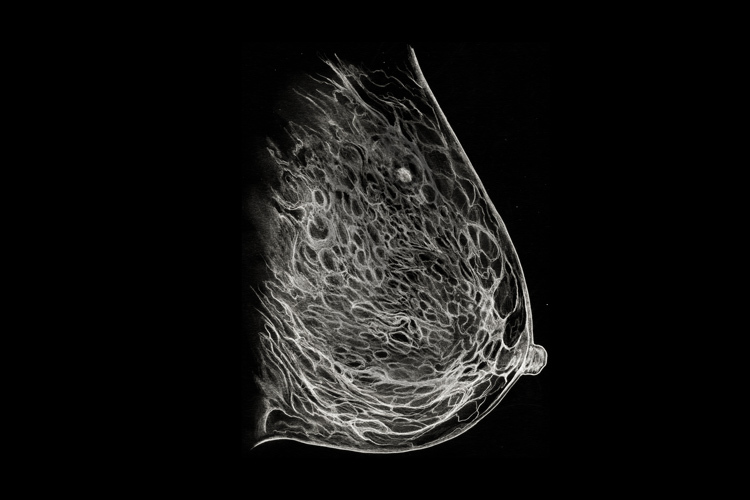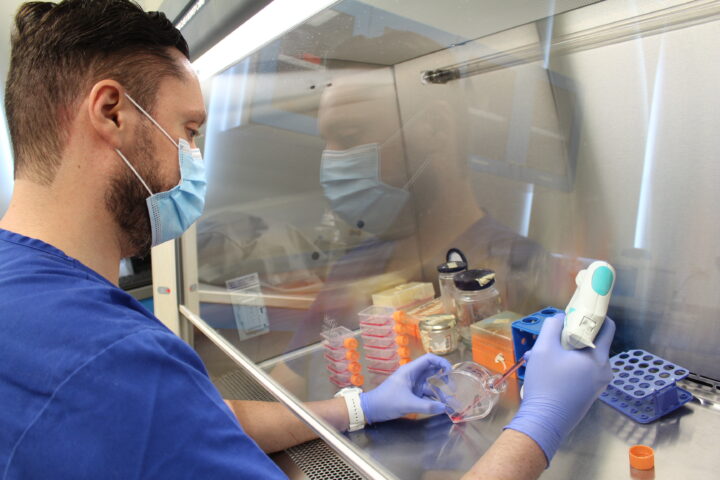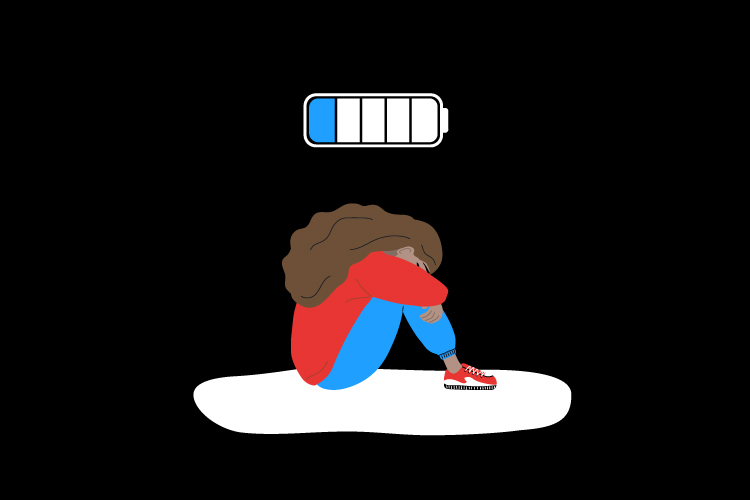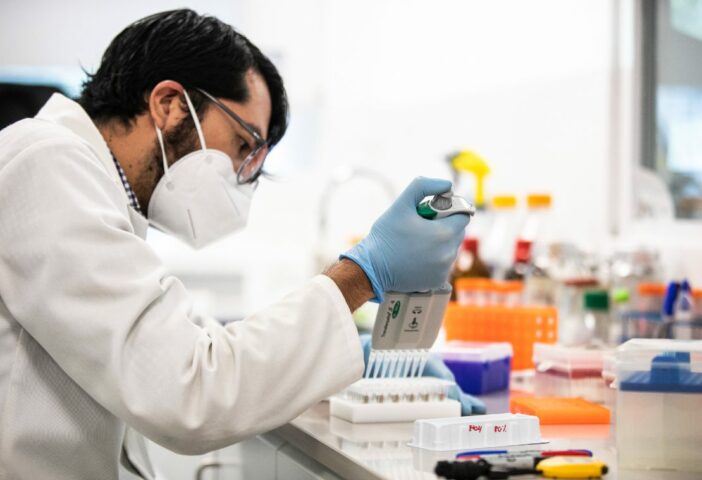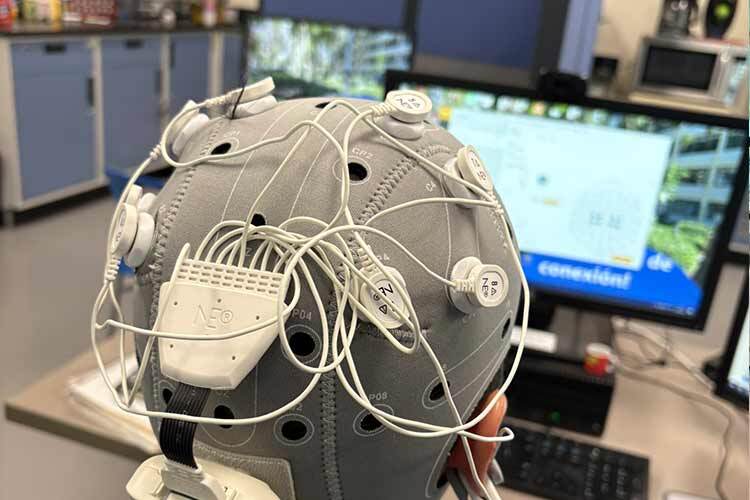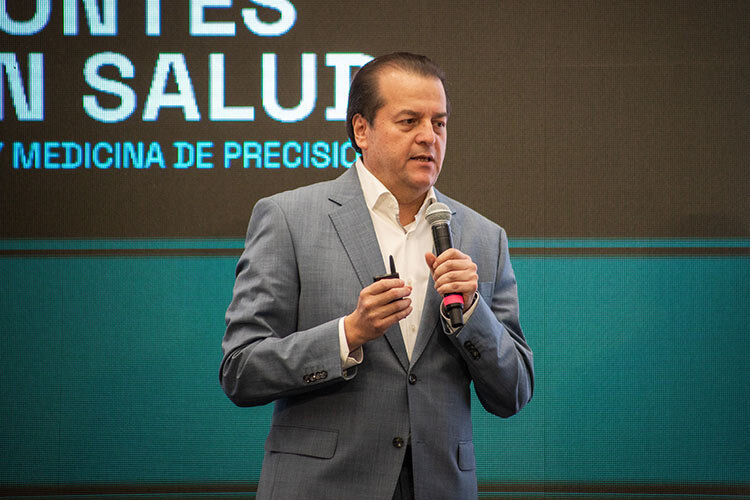Accurately predicting a person’s risk of developing breast cancer is crucial. Health specialists now have various tools, including Artificial Intelligence (AI), which has recently been incorporated.
In 2020, a group of doctors, experts in the detection and treatment of breast cancer from TecSalud, tested Mirai, a Deep Learning program developed at the Massachusetts Institute of Technology (MIT) specialized in predicting the risk of developing this disease.
“We used it to evaluate our population with the aim of determining whether this program could predict risk better than traditional tools and if it was applicable to Hispanic populations,” says Daly Avendaño, a breast radiologist specialist and leader of the study, in an interview with TecScience.
To do so, they recruited a group of more than 3,000 Mexican women, who were over 40 years old, had good quality mammograms -performed between 2014 and 2017- and a five-year follow-up.
Mammograms were fed into the program and, with that information alone, Mirai accurately predicted the risk of 76 cases that did result in the development of breast cancer during the years of follow-up.
The most impressive thing is that, originally, these cases had not been detected by other risk calculation models.
When compared to the Gail model, one of these traditional programs that uses weight, age and family history data to predict the risk of this type of cancer, Mirai had an index of 0.63, higher than the 0.5 index achieved by Gail.
“Mirai identifies patterns that are invisible to the human eye and can assess risk very precisely,” says Avendaño.
Testing Mirai in Latin American Populations
For the team, validating the program in non-Caucasian populations was extremely important, as they have a firm belief that artificial intelligence resources for assessing cancer risk must be fair, accessible and equitable.
“Traditional tools –and Mirai initially– considered only populations of white, European and North American women,” explains the expert.
In fact, in these populations the model developed by MIT has a precision of 0.8, which is higher than the one for the Hispanic population of TecSalud. Still, the rate they achieved is enough reason to celebrate.
“These are very good news, with this prediction tool you can completely improve how the patient is going to perform in the future,” says Avendaño.
If, when using this AI, it turns out that the patient has a higher risk than other women of her age of developing breast cancer, preventive actions can be taken, such as complementing with an MRI to confirm a diagnosis or starting to administer medications to reduce the probability of its development.
In Mexico, during 2022, more than 23 thousand new cases of breast cancer were registered among the population aged 20 years or older, according to data from the National Institute of Statistics and Geography (INEGI).
Each group of patients, depending on their risk, requires specific measures, diagnostic studies and interventions. This is known as individualized medicine and promises to reduce the mortality associated with this disease.
Furthermore, deaths caused by this disease in the country still have a high prevalence, since there is no infrastructure or appropriate tools to detect it in time.
A Future Led by Prevention
Women’s risk of developing breast cancer increases by 10 to 12% after age 40. With prediction models, an average, low and high risk can be calculated.
“In the high-risk group, different measures can be taken to reduce the risk, such as a bilateral mastectomy or chemotherapy treatments”, says Avendaño.
In the future, the researcher seeks to continue evaluating the efficiency of Mirai in the Mexican population to eventually ensure that these technologies are increasingly used to predict the risk of developing breast cancer.
“All these types of advances, discoveries and emerging developments in the health field are aimed at improving the way we care for breast cancer today,” she expresses hopefully.
